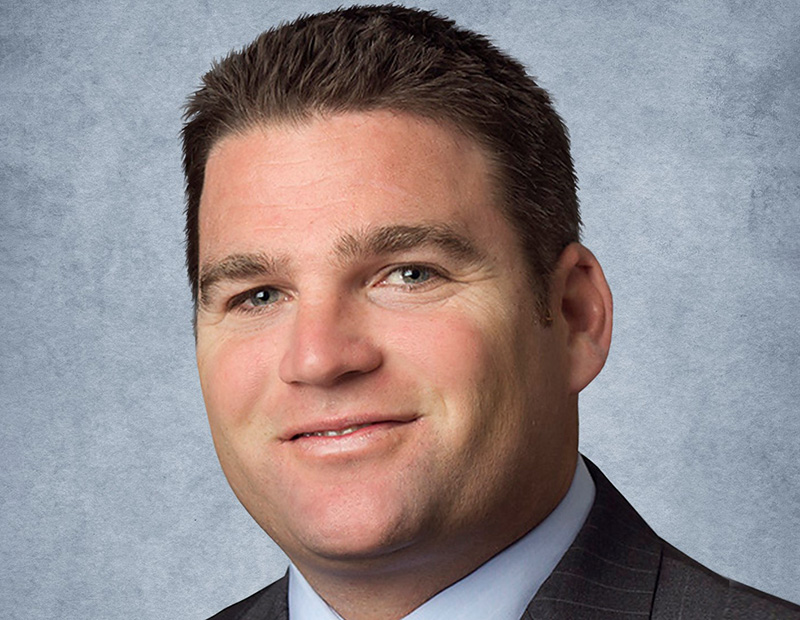Retail Lending Tightens to Reflect Broader Concerns
There is still plenty of capital available for the right deal; however, developers and investors now must do more searching, according to Marcus & Millichap's Chad O'Connor.

Chad O’Connor Image courtesy of Marcus & Millichap
Amid ongoing trade disputes between the U.S. and China and slowing growth throughout the European economy, the global economic outlook has begun to wane. Financial market volatility, combined with elevated caution, has sponsored a flight to the safety of Treasurys, pushing the 10-year yield into the 2.5 percent range. As a result, the Fed has decided to cease its balance sheet reduction through quantitative tightening by September and weakened the potential for rate hikes through the remainder of the year. The bond market has priced in a more moderate Fed policy, with flattening interest rates reflecting increased caution. Fed officials will likely focus on the intersection of a global economic slowdown and resurgent domestic growth to spell out their plans moving forward.
Volatility in the broader market and some uncertainty surrounding the evolving nature of the retail sector have begun to seep into the underwriting environment, prompting lenders to be more conservative than in previous years. Construction during this cycle has been consequently limited, averaging roughly three times less than the previous cycle at 50 million square feet annually as developers remain wary of overbuilding. While lenders have exhibited more caution, there is still plenty of capital available for the right deal; however, developers and investors now must do more searching.
Changing Business Models
Lenders are beginning to focus more on tenant blends, heavily emphasizing the inclusion of high-credit or even investment-grade tenants before they sponsor a deal. The continued refinement of retail business models is making it easier to find quality tenants. Many retailers are trimming their brick-and-mortar portfolios and implementing omnichannel concepts to improve operational efficiency and ultimately boost their long-term outlook. While lenders in dense coastal markets have been somewhat insulated from this changing dynamic, lenders in high-growth Sunbelt metros are more closely scrutinizing changes to retail business models throughout the underwriting process to ensure the viability of the proposal. Active lenders include local, regional and national banks, credit unions as well as insurance companies, which often provide some of the most competitive rates. Financing for tertiary assets remains tight, while well-located shopping centers and urban mixed-use structures in primary and secondary markets are highly desired by lenders. This has created a varying market structure, with loan-to-value ratios in the 55 to 70 percent range, highly dependent on borrower, asset and location factors. Mezzanine and bridge loan structures have been more frequently used in this environment, with owners undertaking capital improvements at higher leverage ratios using short-term debt before refinancing upon completion.
Chad O’Connor is senior managing director/Capital Markets with Marcus & Millichap Capital Corp.







You must be logged in to post a comment.